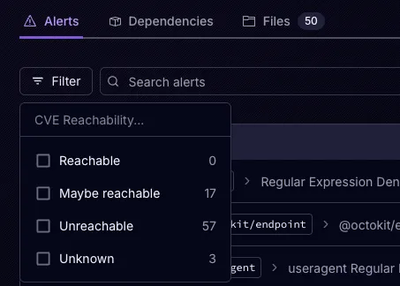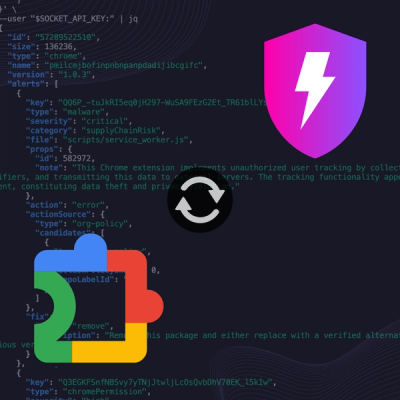
Product
Announcing Precomputed Reachability Analysis in Socket
Socket’s precomputed reachability slashes false positives by flagging up to 80% of vulnerabilities as irrelevant, with no setup and instant results.
github.com/function61/holepunch-server
UPDATE: You might be best served by mesh VPN like Tailscale (or WireGuard), they can even expose subnets.
Don't you just hate when you want to connect an IoT device behind a mobile connection to the internet, and you notice you are behind a carrier-grade NAT, and the ISP tries to persuade you to upgrade to a more expensive plan just to have a public IP?
You can use a SSH reverse tunnel to expose the device's port to internet if you have a server somewhere. This program takes it a bit further and allows you to multiplex many different IP:s/ports behind a single HTTP server port, so you don't need to open any ports in your firewall. Of course this approach works only for those TCP ports that speak HTTP. And you can use any standard loadbalancer in front of this, if you have edge routing for example.
Essentially this program uses virtual hosting to decide which TCP port to forward traffic to.

Download suitable server binary for your architecture (Linux/amd64+arm, Windows/amd64 supported) from the download link.
Generate server host key, then output it as base64:
$ ssh-keygen -t ecdsa -b 521 -C "my awesome private key" -f id_ecdsa
$ cat id_ecdsa | base64 -w 0
LS0tLS1CRUdJTi...
This will be your ENV variable SSH_HOSTKEY
The other ENV variable will be CLIENT_PUBKEY. This won't need to be base64 encoded.
The content of that variable you can find from file id_ecdsa.pub for the client
(example).
Now set up ENV vars and start holepunch-server:
export SSH_HOSTKEY="..."
export CLIENT_PUBKEY="..."
$ ./holepunch-server server --sshd-websocket --http-reverse-proxy --sshd-tcp 0.0.0.0:22
The above command line is if you want all the bells and whistles. If your clients will be using only Websocket, you might want to disable the SSHd TCP port for reduced attack surface.
This is also available as a Docker image, which by default only enables SSH Websocket and HTTP reverse proxy. You need to configure the ENV vars via your favourite deployment tool.
This server was designed in such a way that, if you want, you can use the native SSH client to reverse forward the ports-to-be-exposed.
But if you want truly HTTP-only traffic (so you don't have to expose extra ports in your cluster), to have the WebSockets support you must use function61/holepunch-client in its WebSocket mode.
By default this server requires your client to use SSH username hp, but you can override that with
HP_SSH_USERNAME ENV variable.
How to build & develop (with Turbo Bob, our build tool). It's easy and simple!
FAQs
Unknown package
Did you know?

Socket for GitHub automatically highlights issues in each pull request and monitors the health of all your open source dependencies. Discover the contents of your packages and block harmful activity before you install or update your dependencies.

Product
Socket’s precomputed reachability slashes false positives by flagging up to 80% of vulnerabilities as irrelevant, with no setup and instant results.

Product
Socket is launching experimental protection for Chrome extensions, scanning for malware and risky permissions to prevent silent supply chain attacks.

Product
Add secure dependency scanning to Claude Desktop with Socket MCP, a one-click extension that keeps your coding conversations safe from malicious packages.